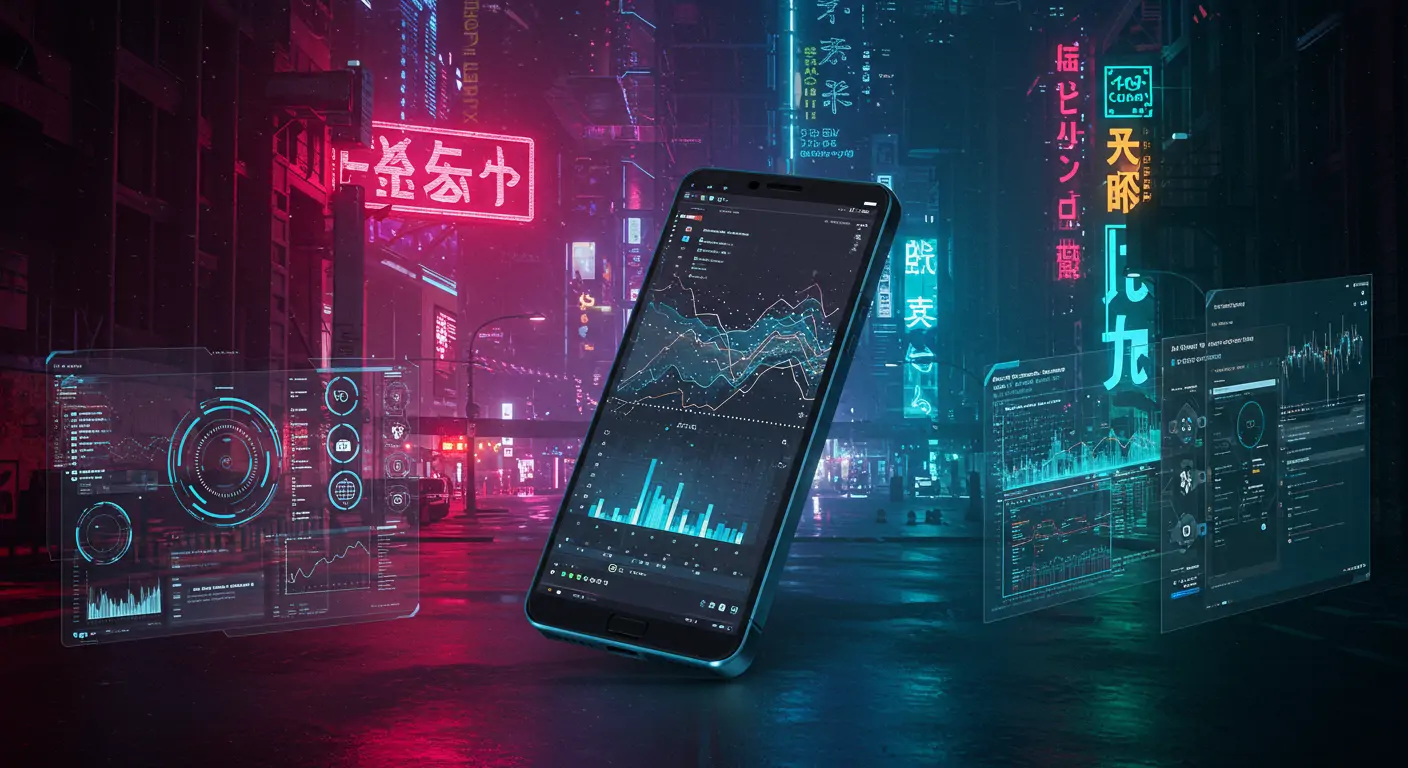The Problem Everyone Faces
In 2025, many developers are enticed by the promise of AI-powered mobile apps. However, integrating AI effectively, especially with Swift and Core ML, often seems daunting. Traditional solutions like REST API endpoints offloading AI tasks to a server can introduce latency and are vulnerable to network issues, making real-time applications sluggish and unreliable. Not solving this can lead to poor user experiences and could cost businesses valuable engagement and revenue.
Understanding Why This Happens
The main issue stems from the lack of local processing power and the complexities of integrating machine learning models directly into mobile applications. Many believe Core ML is difficult to implement or that it requires extensive computational resources, which isn't necessarily true. Misconceptions such as these can prevent developers from leveraging the full potential of local AI processing.
The Complete Solution
Part 1: Setup/Foundation
Begin by ensuring you have Xcode 13 or later installed, as it provides the necessary tools for Swift and Core ML integration. Install CocoaPods and create a new Swift project. Set up your project by adding the Core ML framework.
Part 2: Core Implementation
Next, import your trained machine learning model into the project. Core ML models can be built with Create ML or downloaded from trusted sources.
Implement the model prediction logic to process real-time data, such as images or sensor data, directly on the device.
Part 3: Optimization
Optimize your application by leveraging on-device capabilities. Use the Core ML delegate to handle model prediction on a dedicated thread to keep the UI responsive.
Testing & Validation
Ensure your application responds accurately to AI model predictions by testing with diverse data sets that mimic real-world use cases. Implement unit tests using XCTest to automate and validate model predictions.
Troubleshooting Guide
Common issues include:
- Model Not Loading: Ensure the model is correctly included in the Xcode project bundle.
- Incorrect Predictions: Check model training data for accuracy and diversity.
- Performance Bottlenecks: Utilize background threads and ensure all operations are optimized for concurrency.
- App Crashes: Validate all inputs are correctly formatted and handle unexpected data gracefully.
- Compilation Errors: Verify all dependencies and imports are correctly configured.
Real-World Applications
AI-powered apps are revolutionizing fields like healthcare, where they assist in diagnosing medical images in real-time, and retail, where they enhance user shopping experiences with personalized recommendations. For instance, Swift and Core ML have been used to develop apps that can recognize plant species from a simple image, providing valuable information to users instantly.
FAQs
Q: How do I choose the right ML model for my app?
A: Selecting the right machine learning model for your app depends on your specific use case. For image recognition, models like ResNet or MobileNet are popular due to their balance of accuracy and size. Ensure the model you choose or design is compatible with Core ML. Evaluate models based on performance metrics like precision and recall, and consider real-time constraints such as latency and device resource usage.
Q: How can I reduce the size of my ML model?
A: To reduce the size of your ML model, consider quantization techniques or use model pruning. Quantization reduces model size by converting parameters from float32 to int8, typically shrinking the file size by 4x without significant accuracy loss. Pruning removes redundant neurons, which can decrease model size and computation needs. Always test model performance after applying these techniques to ensure they meet your application's needs.
Q: Can I update the ML model without app updates?
A: Yes, using remote model hosting and downloading updates at runtime allows model upgrades without app store resubmissions. Implement a secure server to host model files and check for updates periodically. Ensure your app can handle network errors gracefully and verify the integrity of downloaded models using checksums or signatures before integration.
Q: What are the privacy considerations with on-device ML?
A: On-device ML enhances privacy as data processing occurs locally, reducing the need for data transmission to servers. However, developers must ensure that sensitive model outputs are handled securely. Use encryption for any storage of model inputs/outputs and consider Apple's guidelines on data privacy. Additionally, provide transparency to users about how their data is processed and stored.
Q: How do I improve AI model accuracy?
A: Improving AI model accuracy involves refining the training dataset to be comprehensive and varied. Utilize techniques like data augmentation to increase dataset diversity and use cross-validation to prevent overfitting. Fine-tune hyperparameters and experiment with different architectures to find the optimal setup for your use case. Monitor model performance continuously and retrain with new data as it becomes available.
Key Takeaways & Next Steps
By integrating Core ML with Swift, you've created a responsive, AI-driven mobile app that processes data locally, enhancing performance while maintaining user privacy. Next, consider expanding your skill set by exploring advanced Core ML features and experimenting with custom model design using Create ML or TensorFlow Lite. Stay updated with the latest AI trends and iOS advancements, and explore integrating other Swift frameworks for even more interactive user experiences. For further learning, consider deep-diving into model optimization techniques or exploring augmented reality integrations with ARKit.




